Professional Mold Remediation Services in Palm Beach County
Safely Remove Mold and Restore Your Home
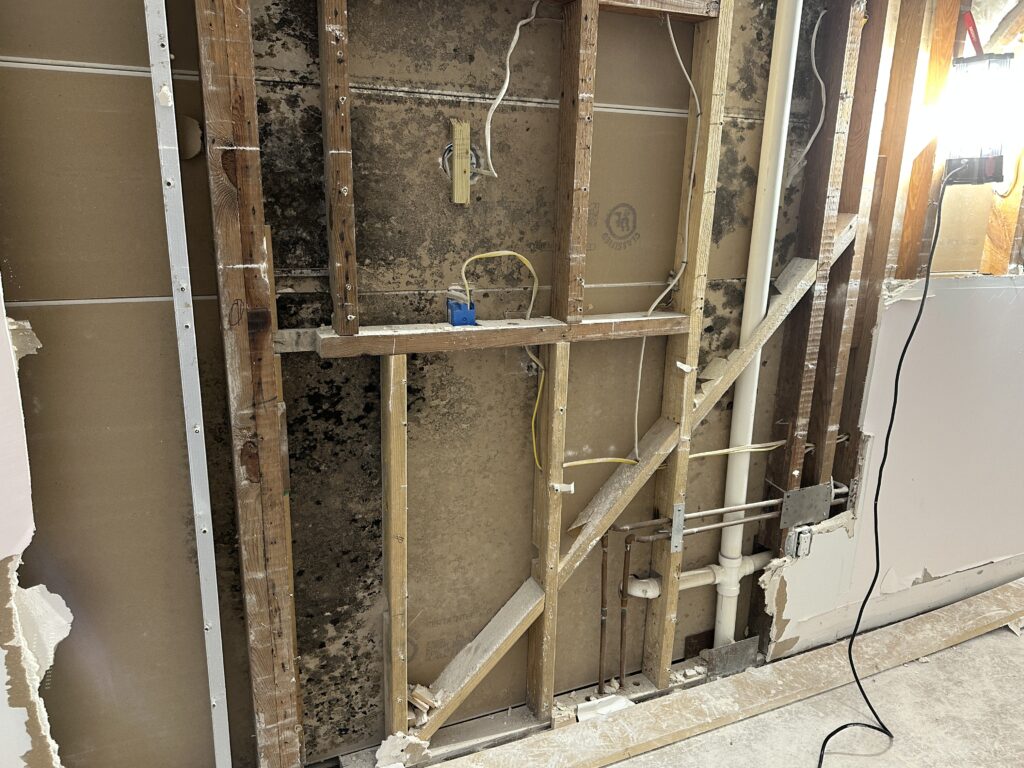
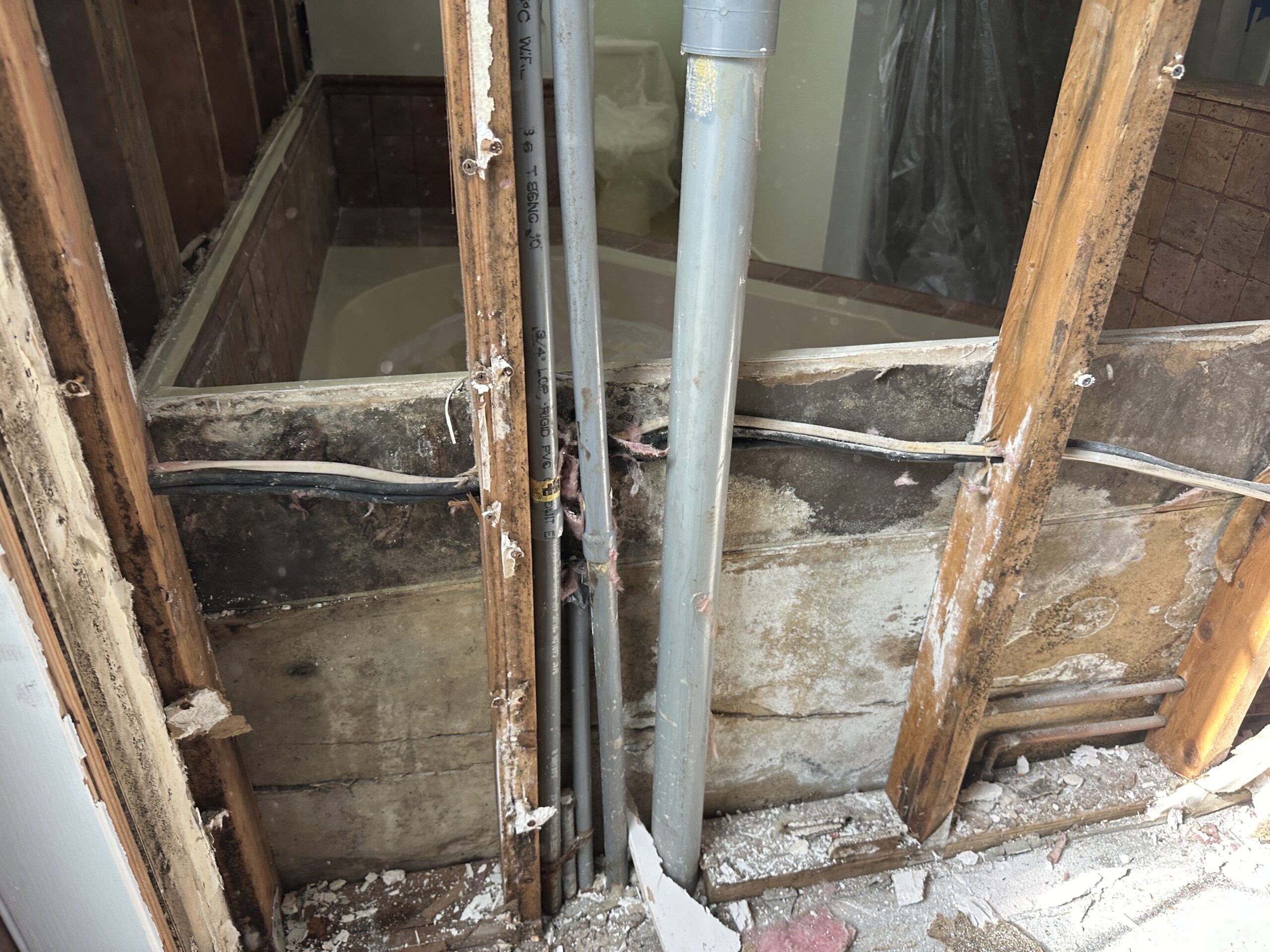
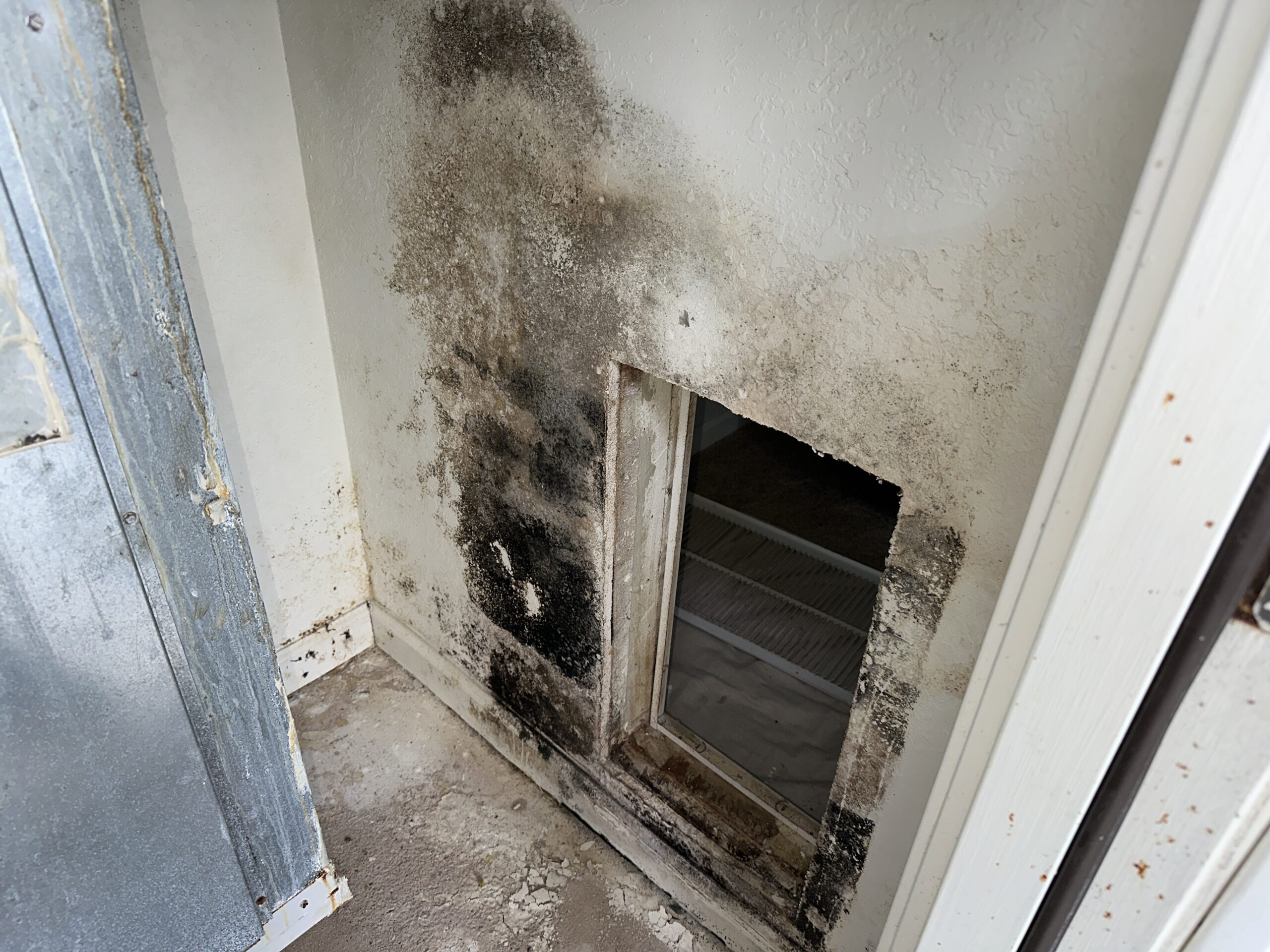
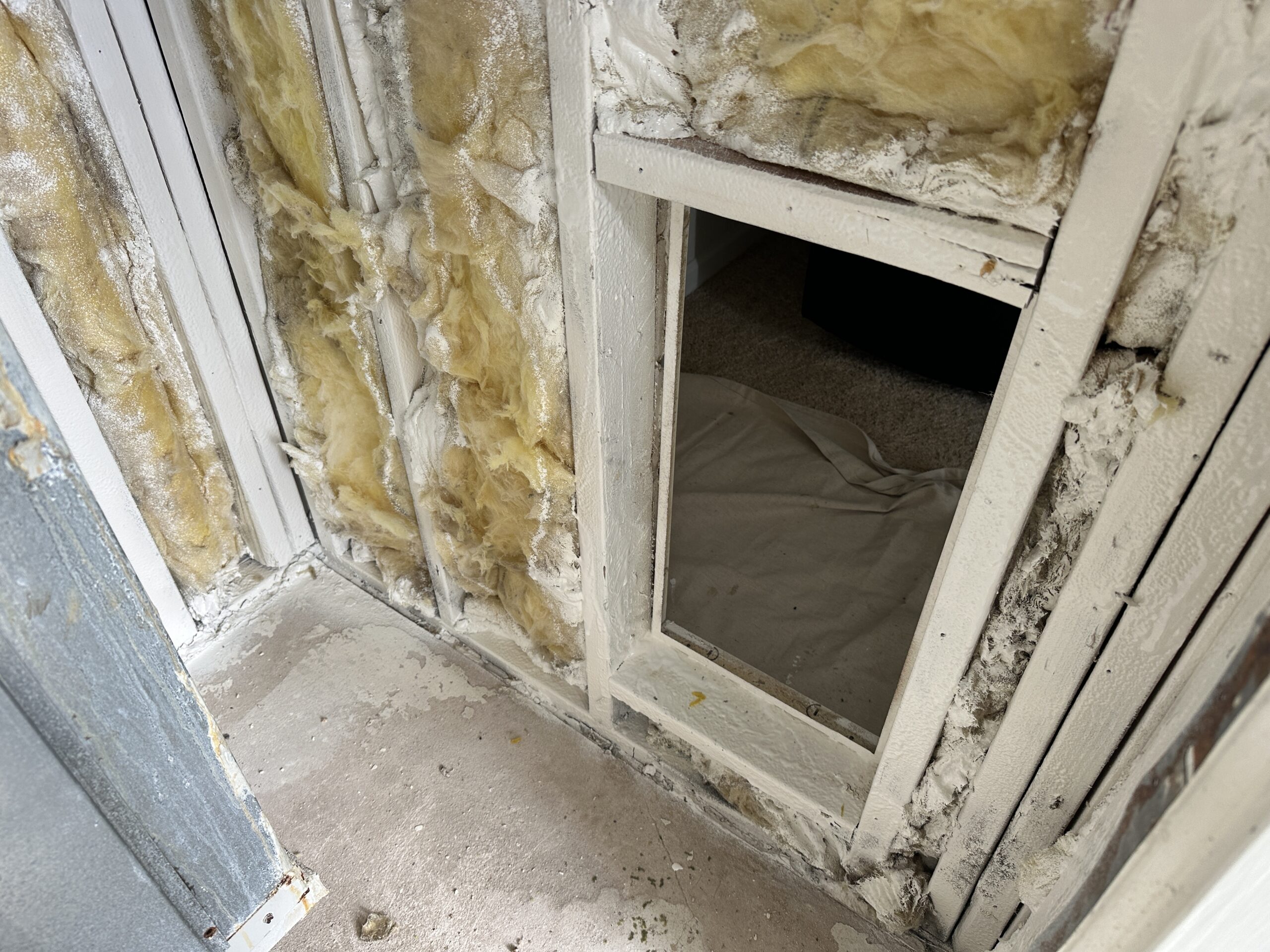
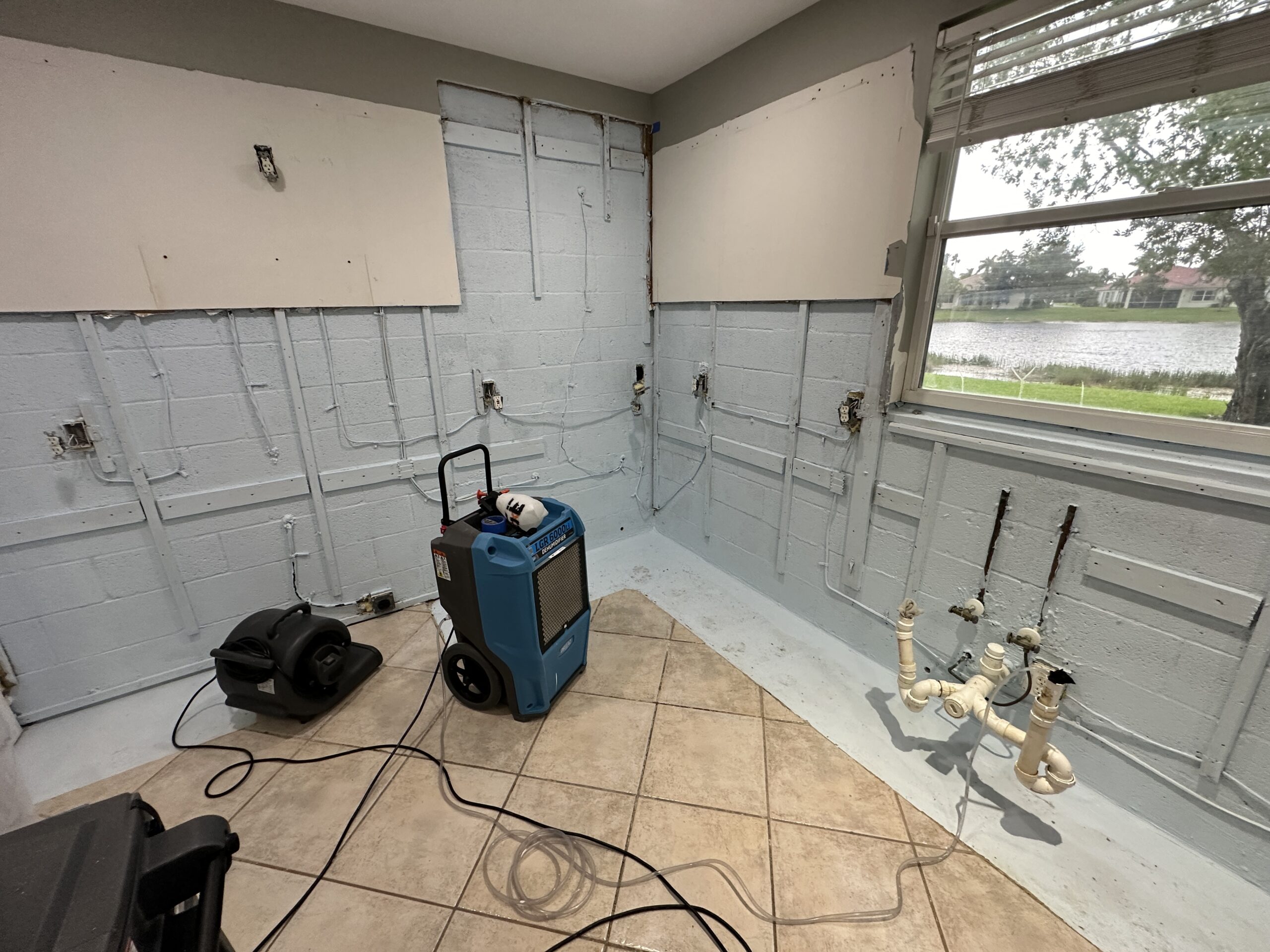
We provide professional and effective mold remediation services to restore the safety and cleanliness of your home or business.
Mold is a serious issue in South Florida homes, especially in humid environments like West Palm Beach, Boca Raton, and surrounding Palm Beach County areas. At GreenFox, we offer full-service mold remediation designed to remove mold at the source, restore clean indoor air, and correct the conditions that caused the issue.
What Is Mold Remediation
Protect Your Health and Your Property
Mold remediation involves identifying, removing, and preventing mold growth in homes and commercial properties. Mold can develop in areas with excess moisture, such as basements, attics, and HVAC systems. If left untreated, mold can damage surfaces, cause unpleasant odors, and pose health risks.
At GreenFox, we use advanced techniques and professional equipment to eliminate mold safely and efficiently, while also addressing the underlying causes to prevent it from coming back.
- Reduced Allergens
- Structural Integrity
- Odor Mitigation
- Comprehensive Treatment
Our Process
Step 1
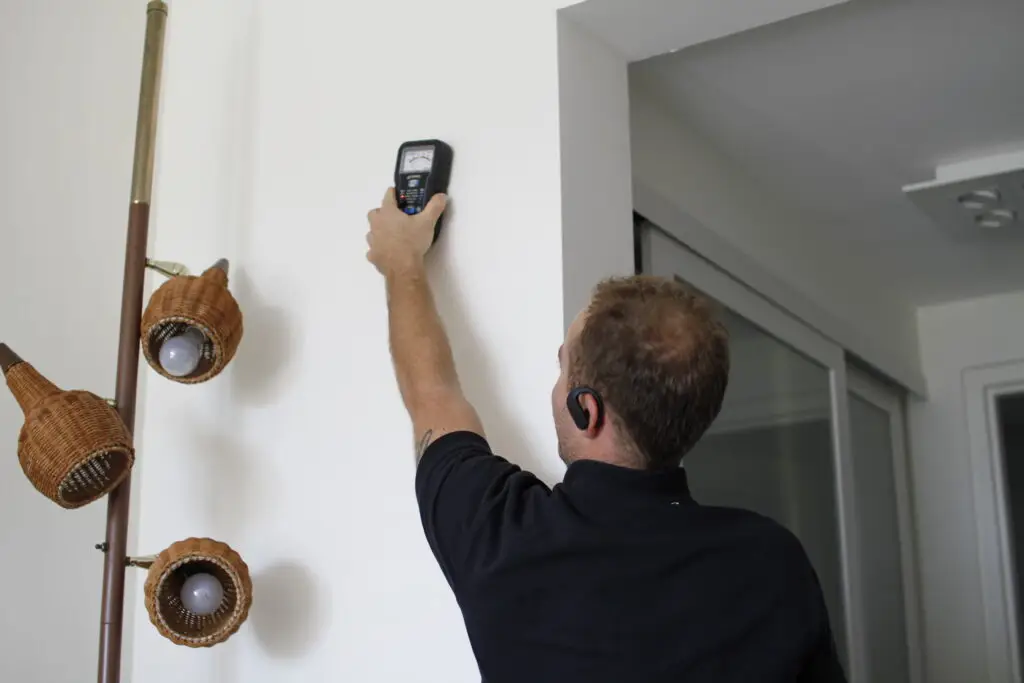
Thorough Inspection
We begin by inspecting the affected areas to locate mold growth, assess moisture levels, and determine the severity of contamination.

Containment and Safety Measures
We set up containment barriers and create negative air pressure to prevent mold from spreading to unaffected areas. Our team follows strict safety protocols, including the use of personal protective equipment (PPE).
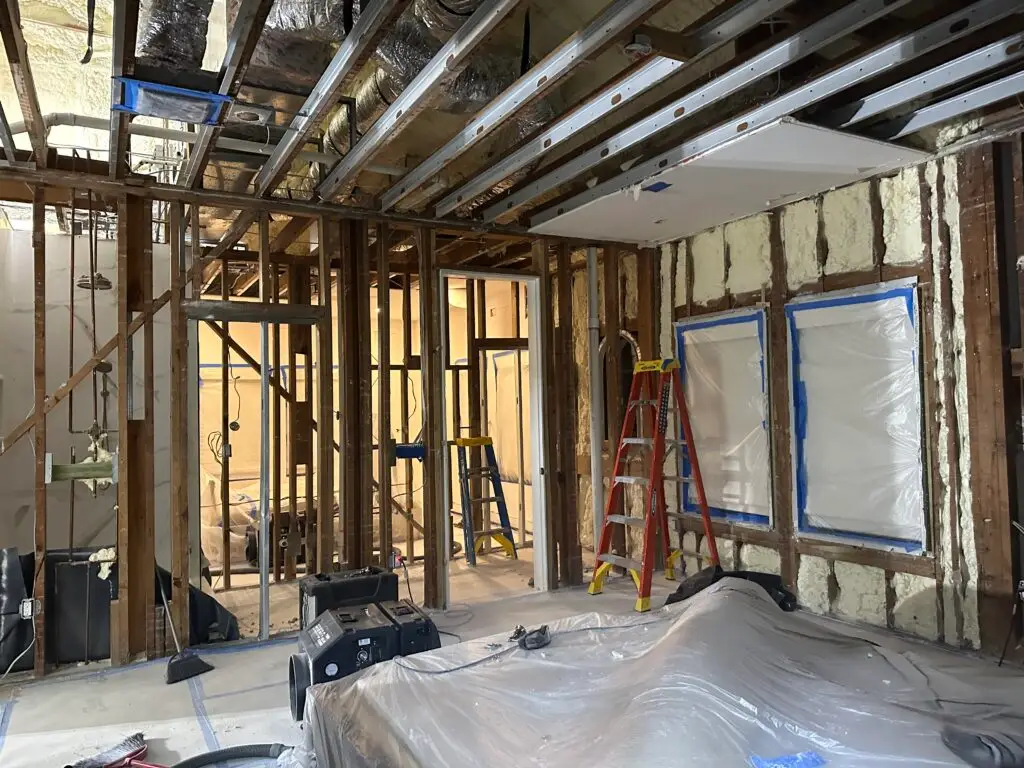
Mold Removal and Cleaning
Our technicians use HEPA vacuums, antimicrobial treatments, and safe removal techniques to eliminate visible mold. Contaminated materials are securely bagged and disposed of following local regulations.
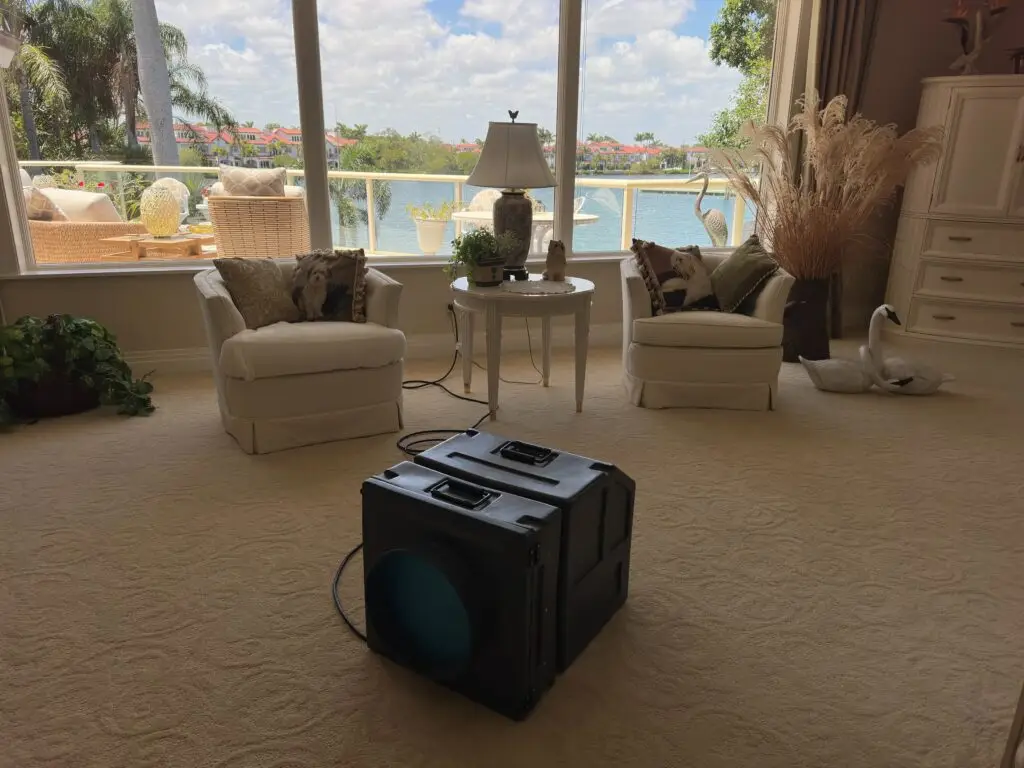
Air Scrubbing and Dehumidification
We use HEPA air scrubbers and dehumidifiers to capture airborne spores and reduce moisture.
Contact us today to schedule your residential or commercial Mold Remediation service!
Signs You Need Mold Remediation
- Musty odors in your home or business
- Visible mold growth on walls, ceilings, or floors
- Discoloration or water stains
- Persistent allergies or respiratory issues among occupants
- High indoor humidity levels or recent water damage
Frequently Asked Questions
Is mold remediation the same as mold removal?
While “mold removal” focuses solely on cleaning visible mold, “mold remediation” includes addressing the root cause, removing mold safely, and preventing future growth.
Can I stay in my home during mold remediation?
In most cases, it’s safe to stay in your home during remediation if the affected areas are contained. For larger or more severe mold problems, it may be safer to leave temporarily.
How long does mold remediation take?
Mold remediation typically takes 1-3 days, depending on the size of the affected area and the severity of the mold growth. Larger or more complex cases may require additional time.
What causes mold to grow in homes?
Mold thrives in damp, humid environments. Common causes include water leaks, poor ventilation, high humidity levels, and flooding.
Can I handle mold remediation myself?
Small mold issues can sometimes be managed with DIY methods, but larger or toxic mold problems should be handled by professionals to ensure proper removal and safety.
How can I prevent mold from coming back?
Prevent mold by controlling moisture levels, fixing leaks promptly, using dehumidifiers, and improving ventilation in damp areas like bathrooms and basements.
